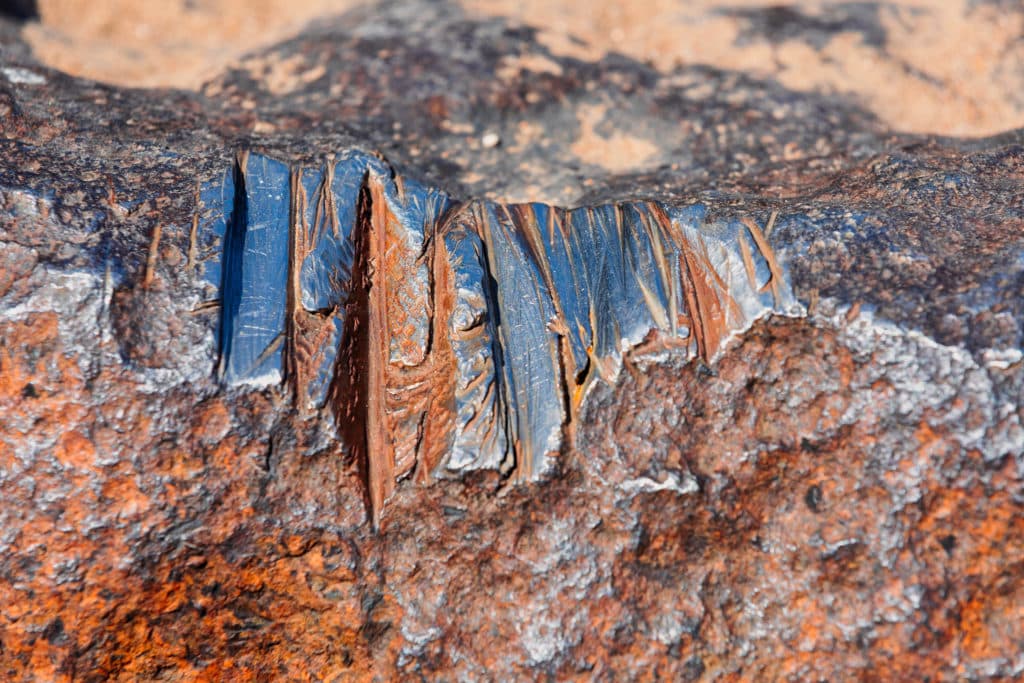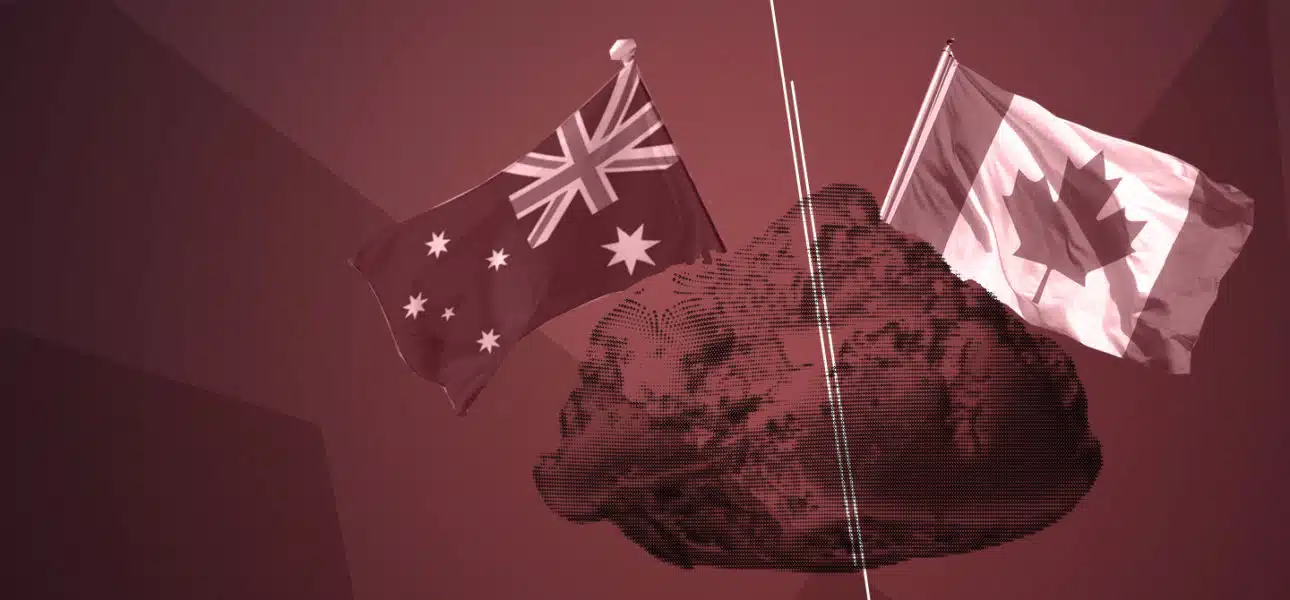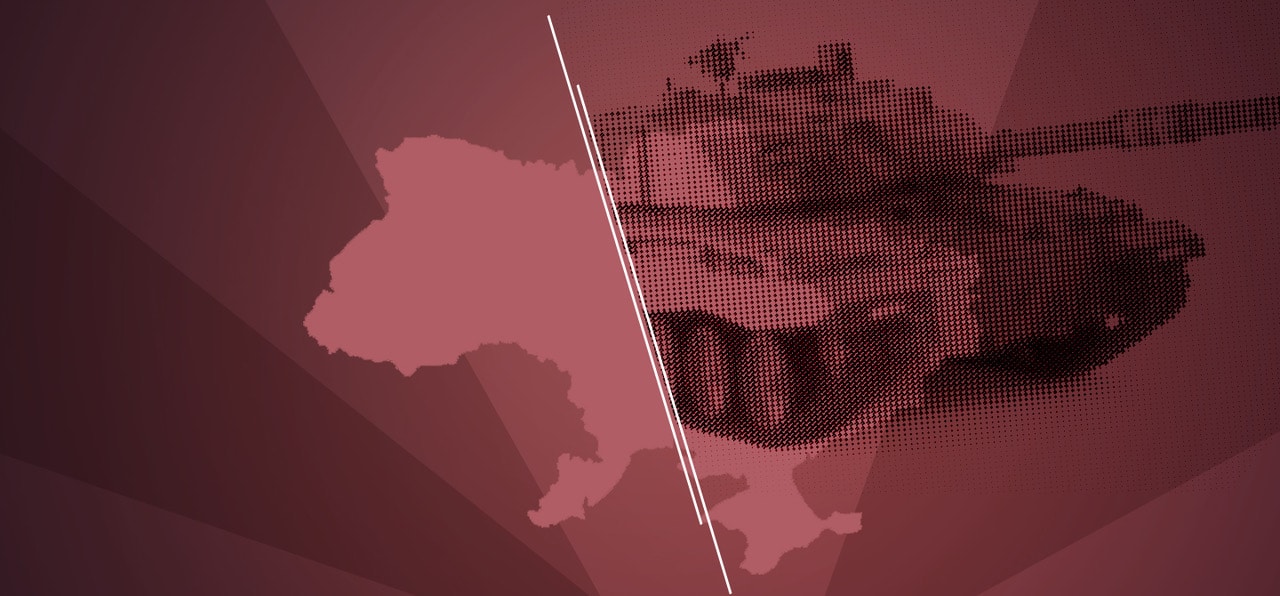Which metals are most affected by the war in Ukraine?
All the metals of which Russia is one of the main exporters, which is a relatively long list. It is difficult to rank their importance, although for some, Russia’s weight in the world market is so great that they will be difficult to replace in the short term. This is particularly true of palladium, a rare metal that is as useful to the automotive sector for catalytic converters as it is to the production of semiconductors and consumer electronics. Russia is a major exporter of palladium, accounting for 37% of global production in 2021.
However, Russia is a vast country, rich in raw materials, so the diversity of metals present on its territory gives it an important place in a number of sectors, although it is not a leader in all of them. Russian nickel, for example, accounts for 9.2% of world production in 2021. The Russian company Nornickel is already one of the world’s largest producers of Class I nickel, which is the only metal suitable for the production of nickel sulphates used in battery manufacture.
The other metals, whose weight in Russian production in the world is undeniable, are: titanium (13% market share), platinum (10.5%), aluminium (5.4%), copper (4%), refined copper (3.5%) and cobalt (4.4%). The reason it is impossible to say which of these metals will have the greatest impact on world trade is that they are each important in their own right. Russia, for example, accounts for only 4.4% of cobalt production, but despite this seemingly small share, it makes Russia the world’s second largest producer of the metal – a market dominated by the Democratic Republic of Congo with around 70% of global production.
The health crisis has created strong tensions on the demand for raw materials. Should we expect these tensions to increase?
The metals mentioned are useful for a multitude of sectors. The three most important sectors are the automotive, aerospace and semiconductor industries. The automotive sector is likely to suffer the most as it requires many different metals. For example, aluminium, copper, platinum, and palladium are all useful in the manufacture of thermally propelled cars, especially for catalytic converters. For electric vehicles, cobalt and nickel are essential for batteries. Already hampered by the shortage of electronic chips since September 2021, the German automotive sector has already suspended production lines due to a supply problem with its subcontractors in Ukraine and the situation could get worse.
The aerospace industry is also dependent on Russian metals, particularly titanium sponge. The main supplier of the main aeronautical groups is the Russian company VSMPO-Avisma (about 30% of the world titanium market), only Boeing has decided to stop its resupplies for the moment. This company supplies around 50% of the world’s aeronautics imports and slightly less for French players. In this sector, manufacturers have built up stocks as a precautionary measure, enabling them to manage a short-term shortage problem.
As for semi-conductors, their production requires two main resources, palladium and neon gas, the latter being produced at 50% in Ukraine. The two main companies, Ingas and Cryoin, have already closed their sites. So, we can expect great difficulties for this sector.

Are prices rising because of a real shortage of supply or in anticipation of future sanctions?
At the moment there are no sanctions in place for the Russian minerals market. But other sanctions are affecting the market: the logistics for their delivery are disrupted, and the suspension of the SWIFT system for many banks is slowing down trade. These disruptions are having an impact on prices. Nickel has undergone a very impressive variation. In a few days, its price per tonne rose from $25,000 to $50,000, before reaching $100,000 a few days later, before a suspension of prices, then a return to around $50,000 per tonne and a decrease to around $30,000 per tonne on 21st March
Moreover, this war is taking place in markets that are already extremely tight. Between 2020 and 2021, metal prices jumped by 45% on average (all metals combined), due to an extremely strong economic recovery following the covid 19 pandemic in a context of supply-side tensions. Today, there is still no shortage, and price increases are mainly explained by players’ expectations and geopolitical risk premiums. The fear of new sanctions also plays a role in this price variation.
Can Western countries substitute metals imported from Russia with other sources of supply?
It all depends on Russia’s weight in world production of these metals. For palladium (37%), it seems complicated to replace it in the short term, even if South Africa remains the world’s leading producer of this resource (40%). What is certain is that everyone is looking for new suppliers. Many countries, such as Canada and Australia, for example, offer as wide a diversity of metals as Russia. However, for some specific metals there may be issues of short-term availability.
China has a significant weight in titanium exports, the Democratic Republic of Congo dominates the cobalt market, and Chile gives us access to copper. So, there is no shortage of suppliers, but taking Russia out of the equation will inevitably reduce supply, while demand is currently unabated.
Is the weight of metals comparable to that of gas in Russian exports?
According to the World Bank, exports of ores and metals will account for around 8.5% of Russia’s exported goods in 2020 (6% in 2019), while those of hydrocarbons will account for over 42% in 2020 (52% in 2019). Metals are therefore much less strategic for Russia than hydrocarbons.







